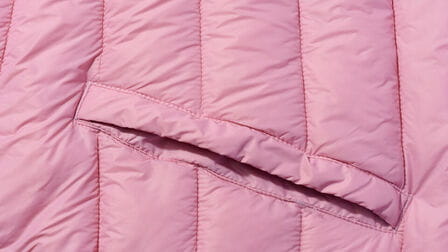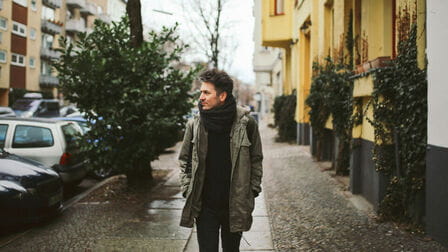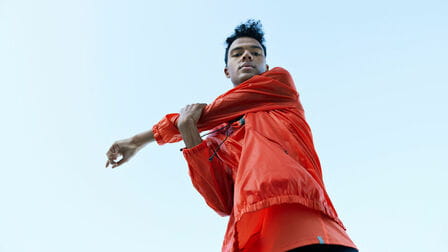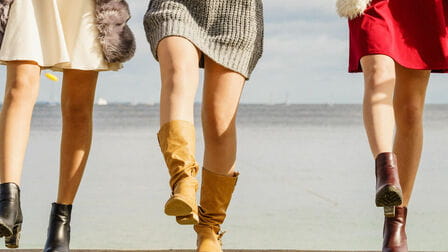Clothing is an essential part of human civilization, serving vital physical and social functions. Throughout history and across cultures, there have been three major influences that have shaped clothing choices: necessity, functionality, and aesthetics. These key factors continue to drive clothing trends today.
Necessity
The most fundamental driver of clothing is the basic human need for protection and comfort. Clothing serves several vital protective purposes:
Thermoregulation
- Clothing helps regulate body temperature in extreme weather conditions. Warm coverings retain heat in cold environments while breathable fabrics help dissipate heat in hot climates.
- Materials like wool, fur, and leather have been used for millennia to protect humans from the elements. Today, innovative synthetic fabrics optimize insulation and breathability.
Safety
- Clothing safeguards vulnerable body parts from physical damage. Footwear protects feet from sharp objects. Gloves shield hands from chemicals or temperature extremes. Headgear secures the skull and shade the eyes.
- Specialized protective clothing continues to evolve for hazardous occupations like firefighting, welding, and construction.
Hygiene and Health
- Clothing prevents disease and infection by covering open wounds and sensitive areas.
- Fabrics like silk and cotton allowed historical advancements in cleanliness and health. Moisture-wicking athletic wear today supports physical activity. Medical scrubs guard against contamination.
In nearly all cultures and environments, clothing has been necessary for comfort and survival. These fundamental needs still inform practical design elements of modern garments.
Functionality
In addition to bodily protection, clothing has served many important functional purposes throughout history. Key clothing functions include: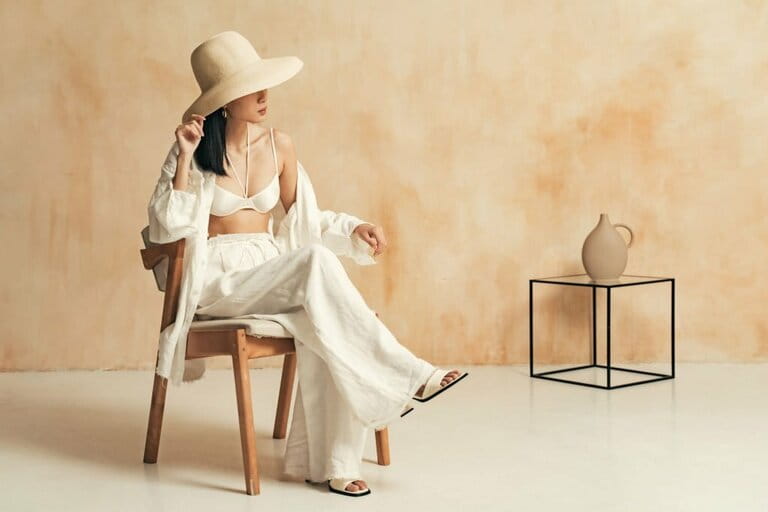
Social Status
- Garment styles and rare materials have long denoted social rank, class, office, or profession. Restrictive sumptuary laws once regulated commoner clothing.
- Today, ‘power suits’ indicate executive status while medical scrubs show medical profession. Style still subtly signals social standing.
Group Identity
- Clothing has marked religious affiliations, family dynasties, or cultural traditions. Tartans signify Scottish clans. Colorful national costumes identify homeland.
- Sports jerseys and team apparel foster a sense of belonging and shared identity with fellow fans.
Gender Norms
- Clothing has long enforced cultural standards and gender roles. Elaborately embroidered stomachers accentuated a feminine figure. Trousers signified masculinity in cultures where robes were gender-neutral.
- While gender norms have relaxed, clothing still denotes social gender expectations in many contexts.
Clothing’s functional capacity to signal meaning and status informs the designs of specialized uniforms and identity-related garb.
Aesthetics
The third pivotal influence on clothing is the innate human desire to adorn and beautify ourselves. All cultures have devised aesthetic elements of dress that satisfy our craving for self-decoration and self-expression. Key drivers of aesthetic preferences include:
Ornamentation
- Humans instinctively embellish garments with decorative touches. Intricate embroidery, beading, and accessories serve no utilitarian purpose yet fulfill emotional needs.
- Eye-catching ornamentation attracts positive attention. Decorations signify creativity, skill, economic success, social position, or availability for mating.
Style Identity
- Clothing broadcasts personality and originality. Bold colors and dramatic silhouettes help individuals stand out. Edgy ripped jeans or avant-garde designs display uniqueness.
- Coordinated outfits project personal style signatures. Subcultures self-identify by adopting shared fashion aesthetics.
Fashion Trends
- The impulse to look fashionable and trendy is perennial across eras. People crave the latest styles even without functional improvements.
- Media and celebrities spark fleeting fashion fads that tap into our social conformist instincts. Certain eras exhibit especially radical style shifts.
The innate human inclination to adorn ourselves manifests in vibrant fashions, elaborate accessories, and bold aesthetic choices that enrich self-expression.
Conclusion
In summary, the evolution of clothing across history and geography reveals three prime shapers: necessity, functionality, and aesthetics. Together these fundamental influences have driven the incredible diversity of human attire emerging across countless cultures. Clothing continues to protect our bodies, project our identities, and satisfy our decorative impulses as it has since the very origins of humankind.




